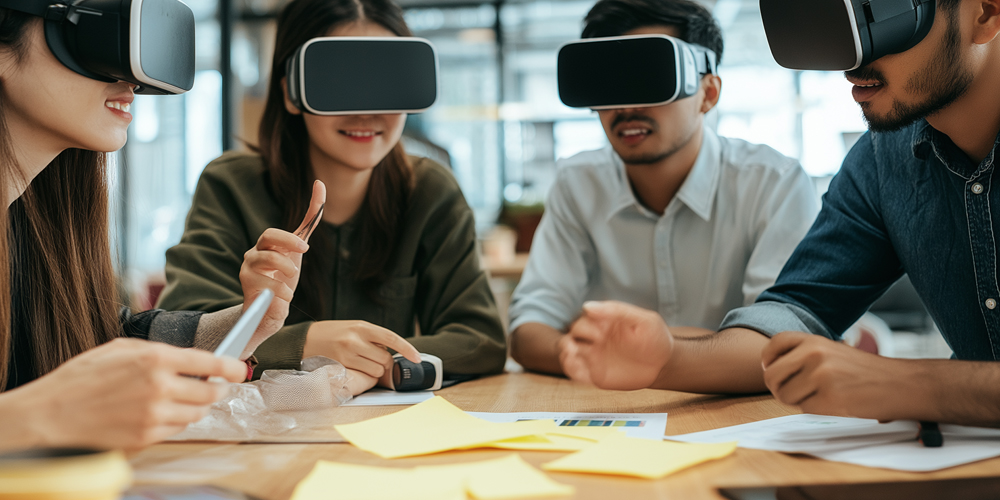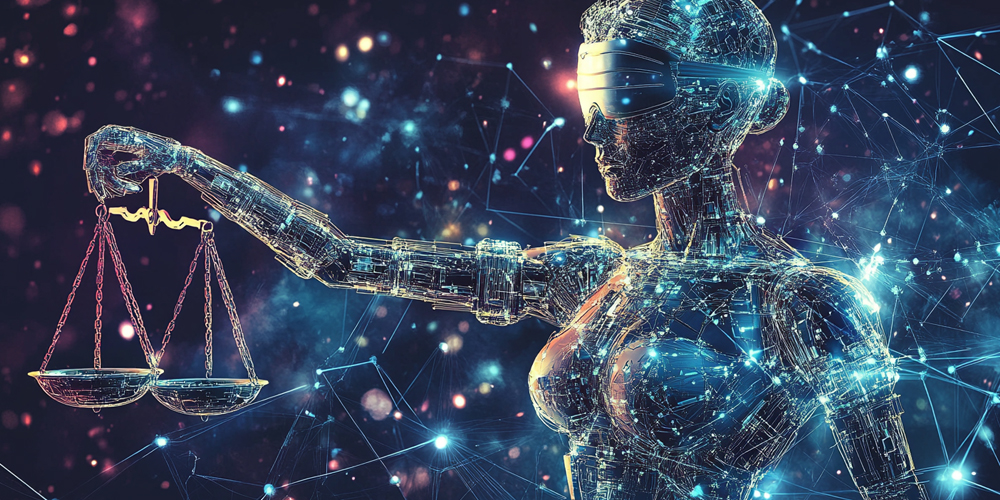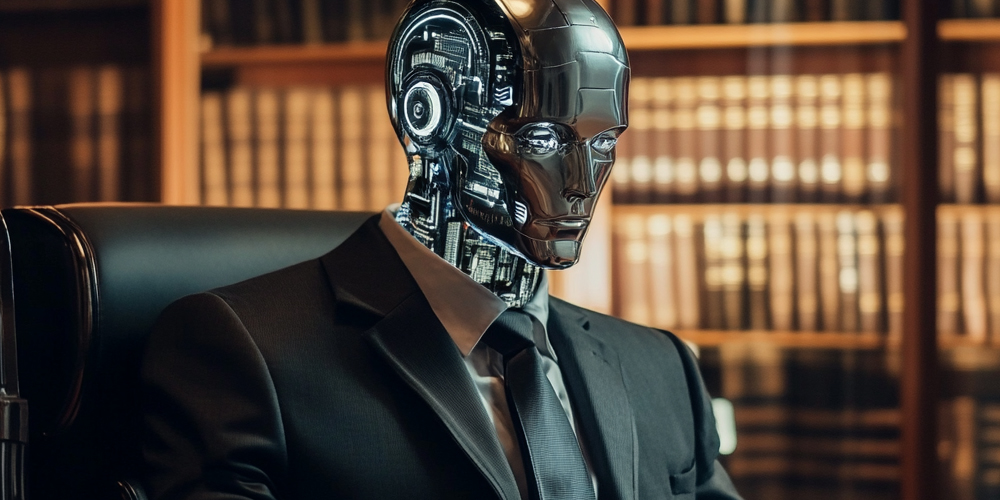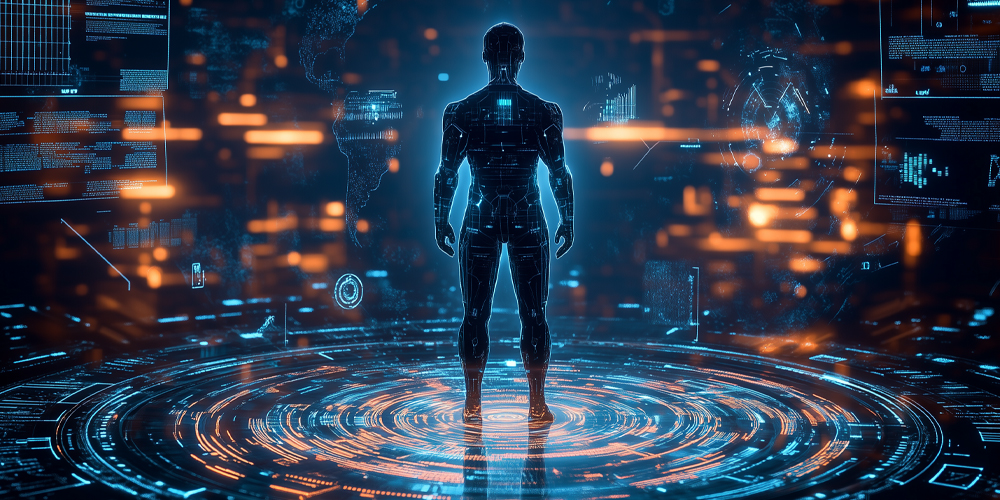AI and Computer Vision: Enhancing Security Systems
Introduction
In today’s rapidly evolving world, security is a paramount concern for individuals and organizations alike. With the integration of AI and computer vision, security systems have become significantly smarter and more efficient. This article will delve deep into how these technologies collaborate to enhance security and the profound impacts they have across various sectors. By exploring their functionalities, benefits, and future potential, we aim to provide a comprehensive understanding of their role in modern security solutions.
Understanding AI and Computer Vision
What is AI?
Artificial Intelligence (AI) is a branch of computer science that focuses on creating systems capable of performing tasks that typically require human intelligence. These tasks include learning, reasoning, problem-solving, and understanding language. By leveraging vast amounts of data, AI algorithms can learn from experiences and improve over time. This adaptability makes AI a powerful tool in numerous applications, particularly in security.
What is Computer Vision?
Computer vision is a subfield of AI that enables machines to interpret and understand visual information from the world. By processing images and videos, computer vision systems can identify objects, track movements, and analyze scenes. This capability is essential for applications such as surveillance, autonomous vehicles, and medical imaging.
The Intersection of AI and Computer Vision
The combination of AI and computer vision creates robust security tools that enhance monitoring and threat detection. AI algorithms analyze data from cameras and sensors, allowing for real-time analysis and informed decision-making. This synergy is transforming how security systems operate, making them more proactive and responsive.
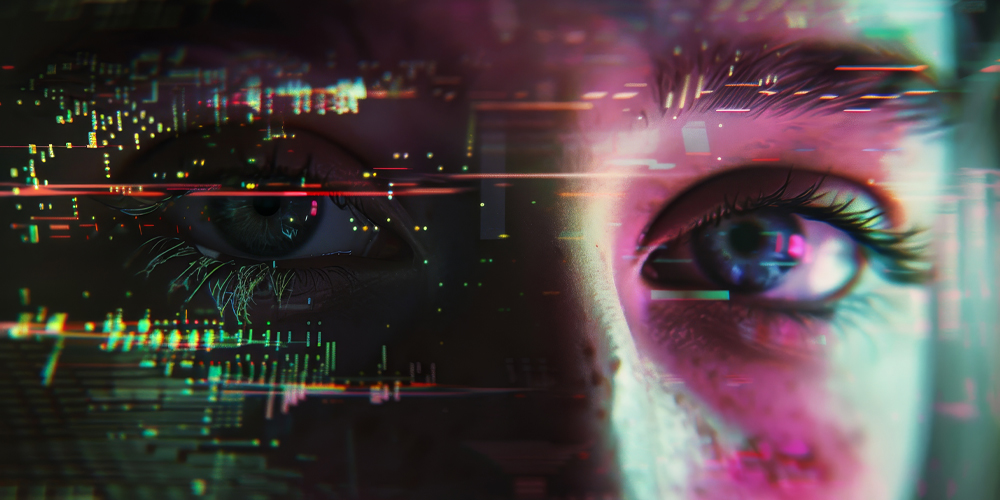
Current Trends in AI and Computer Vision for Security
Increased Use of Surveillance Cameras
The adoption of surveillance cameras has increased dramatically in recent years. Many of these cameras are now equipped with computer vision technology, allowing them to detect and recognize faces, vehicles, and suspicious activities. This technology provides security teams with valuable insights, enabling them to respond quickly to incidents.
Real-time Monitoring and Alerts
With the integration of AI, security systems can offer real-time monitoring capabilities. When the system detects unusual behavior, it can send instant alerts to security personnel. This quick response time is crucial in preventing potential incidents before they escalate. The ability to monitor multiple feeds simultaneously allows security teams to maintain a comprehensive overview of their environment.
Facial Recognition Technology
Facial recognition is one of the most prominent applications of computer vision in security. By analyzing facial features, these systems can identify individuals in crowded spaces or restricted areas. This technology is particularly beneficial for access control in sensitive environments such as airports, government buildings, and corporate offices.
Advanced Analytics
The use of AI enables advanced analytics in security systems. These systems can process data from multiple sources, including social media and public databases, to predict potential threats. By identifying patterns and trends, organizations can take proactive measures to enhance their security protocols.
Benefits of AI and Computer Vision in Security
Enhanced Accuracy
One of the primary advantages of computer vision is its accuracy in processing visual information. Unlike human operators, AI systems can analyze vast amounts of data quickly and without fatigue. This increased accuracy minimizes false alarms and improves overall security effectiveness.
Cost Efficiency
Implementing AI and computer vision can be cost-effective for businesses and organizations. By automating monitoring tasks, companies can reduce labor costs while allocating resources more efficiently. Additionally, the reduction in false alarms means less time and money wasted on unnecessary investigations.
Improved Decision-Making
With real-time data analysis, security personnel can make informed decisions quickly. AI provides actionable insights, enabling teams to respond effectively to potential threats. This capability enhances the overall responsiveness and effectiveness of security measures.
Scalability
As organizations grow, their security needs evolve. AI and computer vision systems are easily scalable. New cameras and sensors can be integrated seamlessly into existing systems, adapting to changing security demands without significant additional investments.
Challenges in Implementing AI and Computer Vision
Privacy Concerns
While AI and computer vision enhance security, they also raise significant privacy concerns. Individuals may feel uncomfortable being continuously monitored, leading to discussions about the ethical implications of surveillance. Organizations must strike a balance between enhancing security and respecting individual privacy rights.
Data Security
With the collection of vast amounts of data comes the risk of data breaches. Protecting sensitive information is crucial for maintaining public trust. Organizations need to implement robust security measures to safeguard data collected through AI and computer vision systems.
Dependence on Technology
Relying heavily on AI and computer vision can create challenges. Technical failures or software glitches may expose security vulnerabilities. Regular maintenance and updates are essential to ensure system reliability and effectiveness.
Future of AI and Computer Vision in Security
Advancements in Technology
As technology continues to advance, we can expect improvements in AI and computer vision capabilities. Enhanced algorithms will lead to even greater accuracy and efficiency in security systems. The development of more sophisticated machine learning models will enable security systems to adapt better to complex environments.
Integration with IoT
The integration of AI and computer vision with the Internet of Things (IoT) will create a more interconnected security landscape. Smart devices will share data seamlessly, allowing for comprehensive monitoring and quicker responses to potential threats. This interconnectedness will enhance situational awareness and enable security teams to make data-driven decisions.
Ethical Frameworks
As the use of AI and computer vision expands, establishing ethical frameworks will be vital. Organizations must consider the implications of surveillance technologies and ensure compliance with regulations. Ethical considerations should include transparency in data usage, informed consent, and accountability for misuse.
Community Policing
In the future, AI and computer vision may play a significant role in community policing efforts. By collaborating with local communities, law enforcement can utilize technology to enhance public safety while maintaining trust and transparency. Engaging the community in discussions about surveillance practices can help build confidence in security measures.
Case Studies of AI and Computer Vision in Security
Case Study 1: Smart City Initiatives
Several cities worldwide are implementing smart city initiatives that integrate AI and computer vision. These programs utilize surveillance cameras and sensors to monitor public spaces, enhancing safety and security. For example, cities like Barcelona and Singapore have successfully reduced crime rates by analyzing real-time data from various sources.
Case Study 2: Retail Security
Retailers are increasingly adopting AI and computer vision technologies to enhance security and improve customer experiences. For instance, companies like Amazon use AI to monitor customer behavior, preventing theft while also optimizing store layouts based on customer traffic patterns.
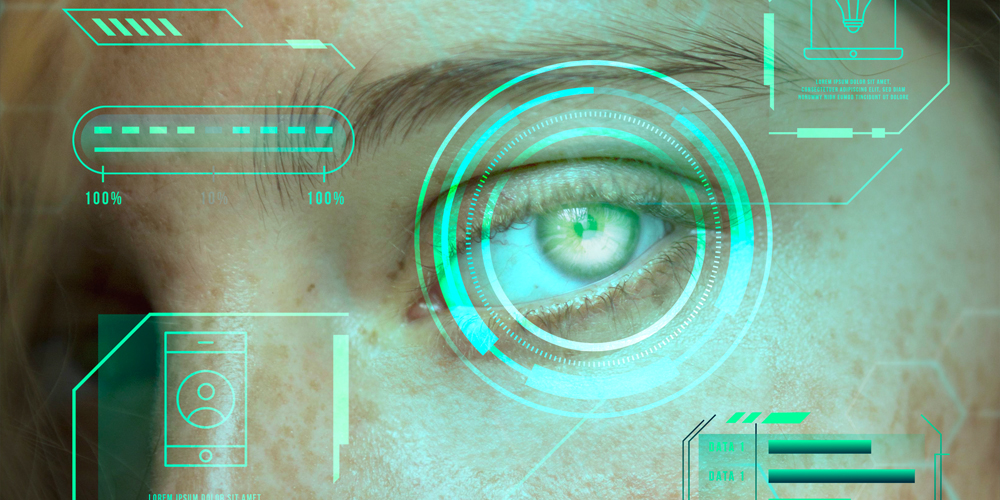
Case Study 3: Airport Security
Airports are leveraging computer vision and AI to streamline security processes. Automated systems analyze passenger behavior and luggage scans to detect anomalies. This technology enhances efficiency while maintaining a high level of security for travelers.
Conclusion
The integration of AI and computer vision in security systems marks a significant advancement in protecting individuals and organizations. With real-time monitoring, advanced analytics, and facial recognition capabilities, these technologies provide enhanced safety and security.
However, it is essential to address the challenges and ethical concerns accompanying their implementation. By focusing on privacy, data security, and community collaboration, we can harness the full potential of AI and computer vision while minimizing risks.
As we look to the future, the synergy between technology and security will continue to evolve, providing innovative solutions to meet the challenges of tomorrow. The future of security lies in the hands of those who embrace these advancements while prioritizing ethics and community well-being.
In conclusion, AI and computer vision are not just technological advancements; they represent a fundamental shift in how we approach security. By understanding their capabilities and limitations, we can create safer environments while respecting individual rights and freedoms. Embracing these technologies responsibly will be key to enhancing security systems in the years to come.

